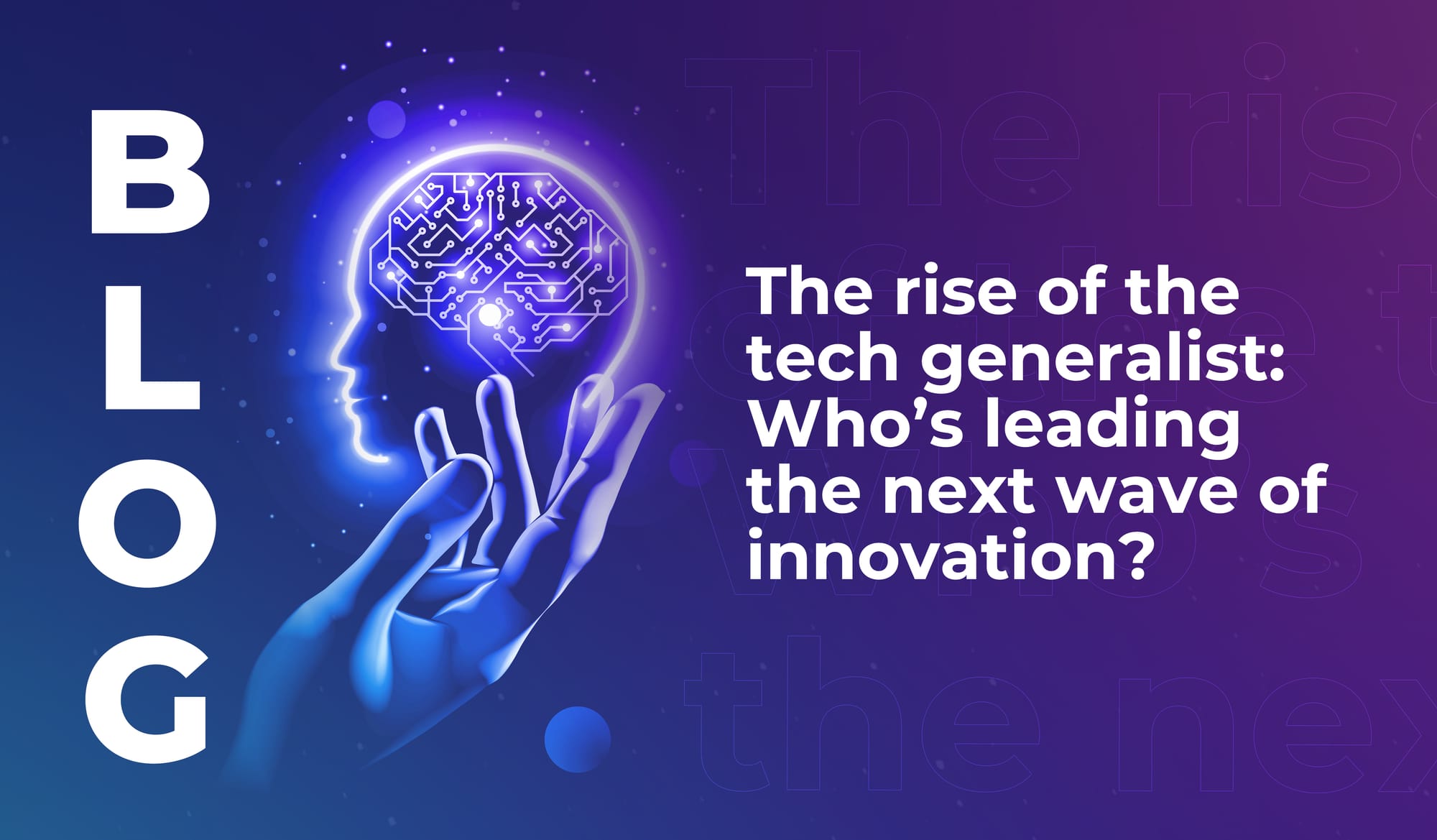
Imagine a microscopic robot that could spiral through the human body’s vascular system, guided by sound, and deliver life-saving medicine as it goes.
Along with his colleagues at the Swiss Federal Institute of Technology, Daniel Ahmed (Professor of Acoustic Robotics for Life Sciences and Healthcare) is working on a new technology that could – at some point in the future – do exactly that.
A recent report in the New Scientist outlined Ahmed’s work. Inspired by the way that sound from a speaker can be felt in the body (because of the vibrations of sound waves in organic tissue), Ahmed wants to use the same phenomenon to propel a miniscule robot within the human body.
The robot, so far 3D printed from non-toxic polymer, is shaped like a corkscrew – and it doesn’t have an internal power source. Instead, the researchers have been able to make it move in a spinning motion in response to sound delivered through a small device called a transducer; and they’ve propelled it through a narrow glass tube, designed to mimic human blood vessels.
Are there other microbots in development for the healthcare sector?
Yes – researchers and technologists around the world are working on microbots that could change the way patients are diagnosed and treated for a wide range of health conditions.
US-based Microbot Medical has developed a single-use endovascular robotic system. It’s called the LIBERTY Robotic System, and it’s designed to make robotic technologies accessible for more patients – delivering endovascular procedures in a new, streamlined way. The firm aims to overcome the barriers that prevent robotics adoption in endovascular healthcare, in order to offer safe, efficient procedures to patients at a lower cost.
A team of researchers at the Technical University of Munich (TUM), headed by bioengineer Professor Berna Özkale Edelmann, have been developing a microbot that can navigate within groups of cells, and stimulate specific individual cells. The microbots are half the thickness of a human hair, round in shape, and encased in biomaterial gathered from algae. They’re moved between cells using laser light. The team has been working on a tech platform that can scale the production of these tiny bots – because the ability to direct drugs into specific cells has significant potential to enable highly targeted treatments for diseases including cancer.
Another microbot developer with a focus on delivering medicine is Bionaut Labs – and this one has a particular focus on neurological diseases. Tiny precision robots could deliver biologics, or small molecule therapies, to targeted areas in the brain – as part of the treatment for severe brain disorders. Bionaut robots are modular in design, which means they can be adjusted for different tasks. And they’re propelled through the body using an external magnetic field, while constantly monitored with live imaging.
In Korea, researchers at the Daegu Gyeongbuk Institute of Science & Technology (DGIST) are developing microbots that can deliver drugs or medical treatments in the body, and then safely disintegrate inside the body. Or more specifically, they’re working on a technology that could produce more than 100 of these microbots every minute – vastly improving the potential of microbots to function efficiently in healthcare settings. DGIST’s Professor Hongsoo Choi told Science X,
"We expect that the technologies developed through this study, such as mass production of microrobots, precise operation by electromagnetic fields, and stem cell delivery and differentiation, will dramatically increase the efficiency of targeted precision therapy in the future."
According to data from Future Market Insights the global micro robots market size is estimated at USD $31.73 billion in 2023, and projected to grow at a CAGR of 17.5% until 2033, when it’ll reach $159.17 billion.
Those numbers are a strong indicator that industries, investors, and governments have their eyes on the potential of tiny robots to change the world. And healthcare is one sector that could be transformed through the development of microbots – enabling more precise, targeted, and less invasive diagnosis and treatment of diseases.
It’s likely we’ll see more use cases for microbots in healthcare over the coming years, and a growing number of patients will benefit from robotics being added to clinical pathways.








